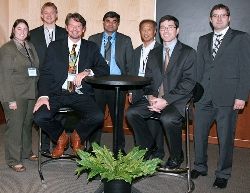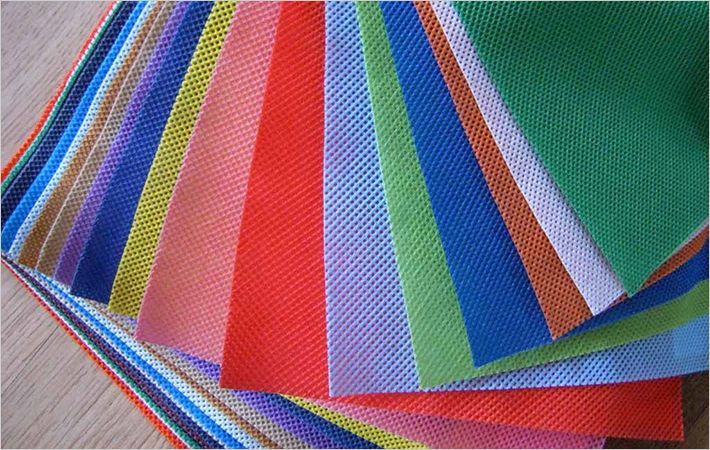Smith's lab is investigating whetheer the addition of nanoparticles to certain piezoelectric materials can boost this so-called piezoelectric effect.
CEHMS co-director Dr. Shashank Priya, professor of mechanical engineering and the James and Elizabeth Turner Fellow of Engineering at Virginia Tech, collaborates with Smith on piezoelectric research. Among many projects, researchers at Virginia Tech are incorporating piezoelectrics into “smart” tiles that produce electricity when stepped upon, as well as into materials that might be applied like wallpaper to gather light and vibrational energy from walls.University of Texas at Dallas researchers and their colleagues at other institutions are investigating ways to harvest energy from such diverse sources as mechanical vibrations, wasted heat, radio #
Other university and industry projects include:
-Investigating how to redesign systems to require less power.
-An intelligent tire system that harvests energy from the vibrations in a rotating tire, powering embedded sensors that gather and report data on tire pressure, tire conditions and road conditions.
-A new class of magnetoelectric materials that can simultaneously convert magnetic fields and vibrations into energy.
-A textile-type material that converts wasted thermal energy into electricity, which could be wrapped around hot pipes or auto exhaust pipes to generate power.
-Flexible solar cells that could be integrated into textiles, and worn by hikers or soldiers to power portable electronic devices far away from an electric socket.
Several conference speakers joined the organizers of Energy Summit 2013. From left, Barri Gurau, Lockheed Martin; Walter Voit and Dennis Smith, UT Dallas; Shashank Priya, Virginia Tech; Howard Choe, Raytheon; Brian Bradshaw, BP Capital; and Jens Twiefel, Leibniz University.
Dr. Walter Voit, assistant professor of materials science and engineering at UT Dallas, is investigating biomedical applications for energy harvested from sources such as radio waves or blood flow. He has developed a novel material called a shape memory polymer that shows promise for remaining in the body for long periods of time without producing scar tissue or promoting infection – but to exploit those properties in new devices, he needs power.
“Researchers in energy harvesting, flexible electronics and biomedical devices can really learn a lot from one another and build off one another,” Voit said. “The key to the next generation of these devices is solving the power issue. Here in Dallas with the electronics industry and UT Southwestern Medical Center down the street, we have a real opportunity to build off the materials work we're doing here, as well as the design and modeling work that's going on at Virginia Tech, to really solve some of these power problems and translate that into devices that will help patients.”
Energy Summit 2013 also held a research poster competition, which highlighted two dozen projects from CEHMS institutions. Judges awarded first place and $200 to a poster from a UT Dallas group led by Erika Fuentes-Fernandez, a graduate student in materials science and engineering. The project involved the synthesis and characterization of piezoelectric materials for use in thin-film cantilevers that might be used in energy harvesting.
University of Texas at Dallas


